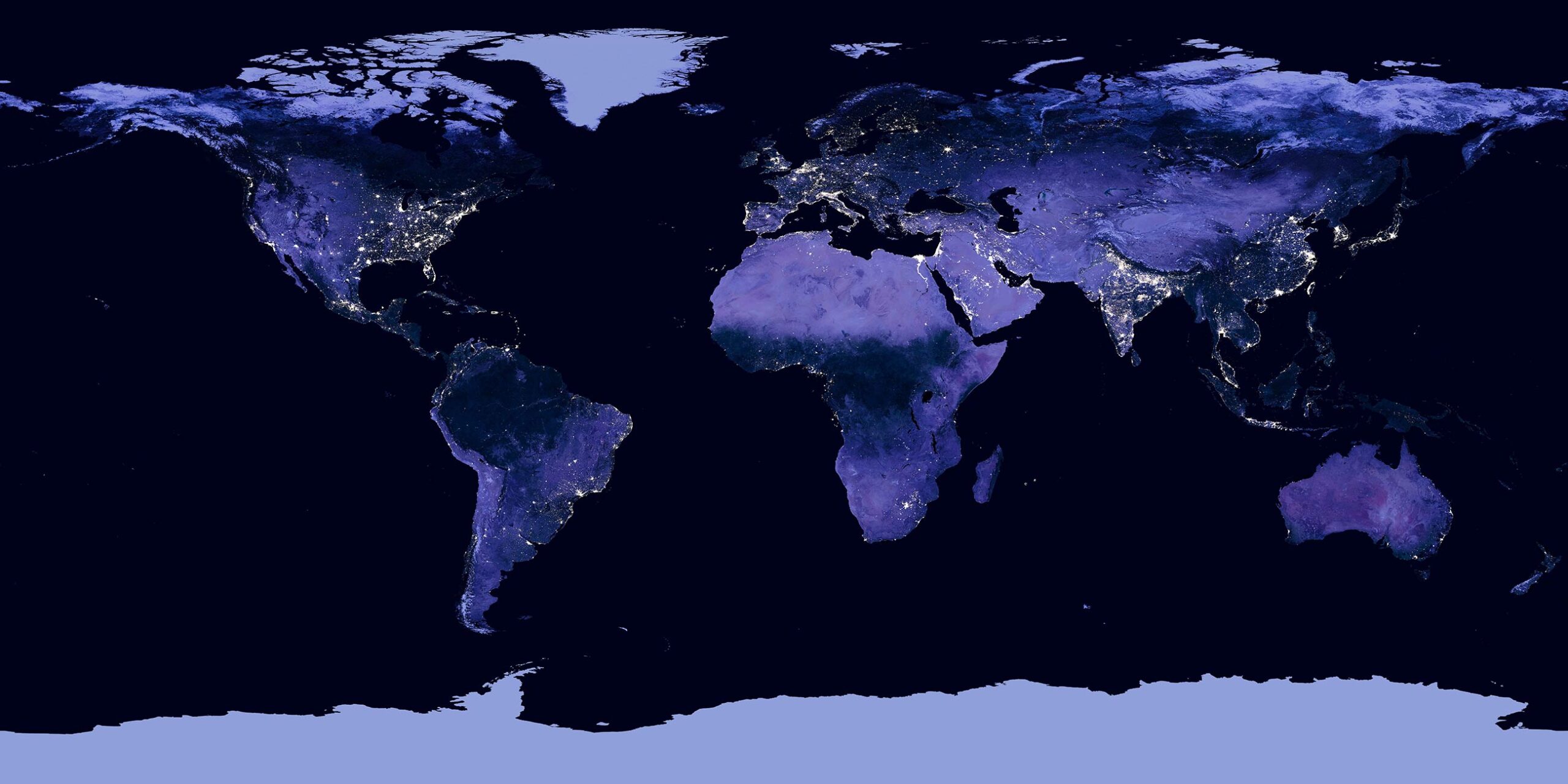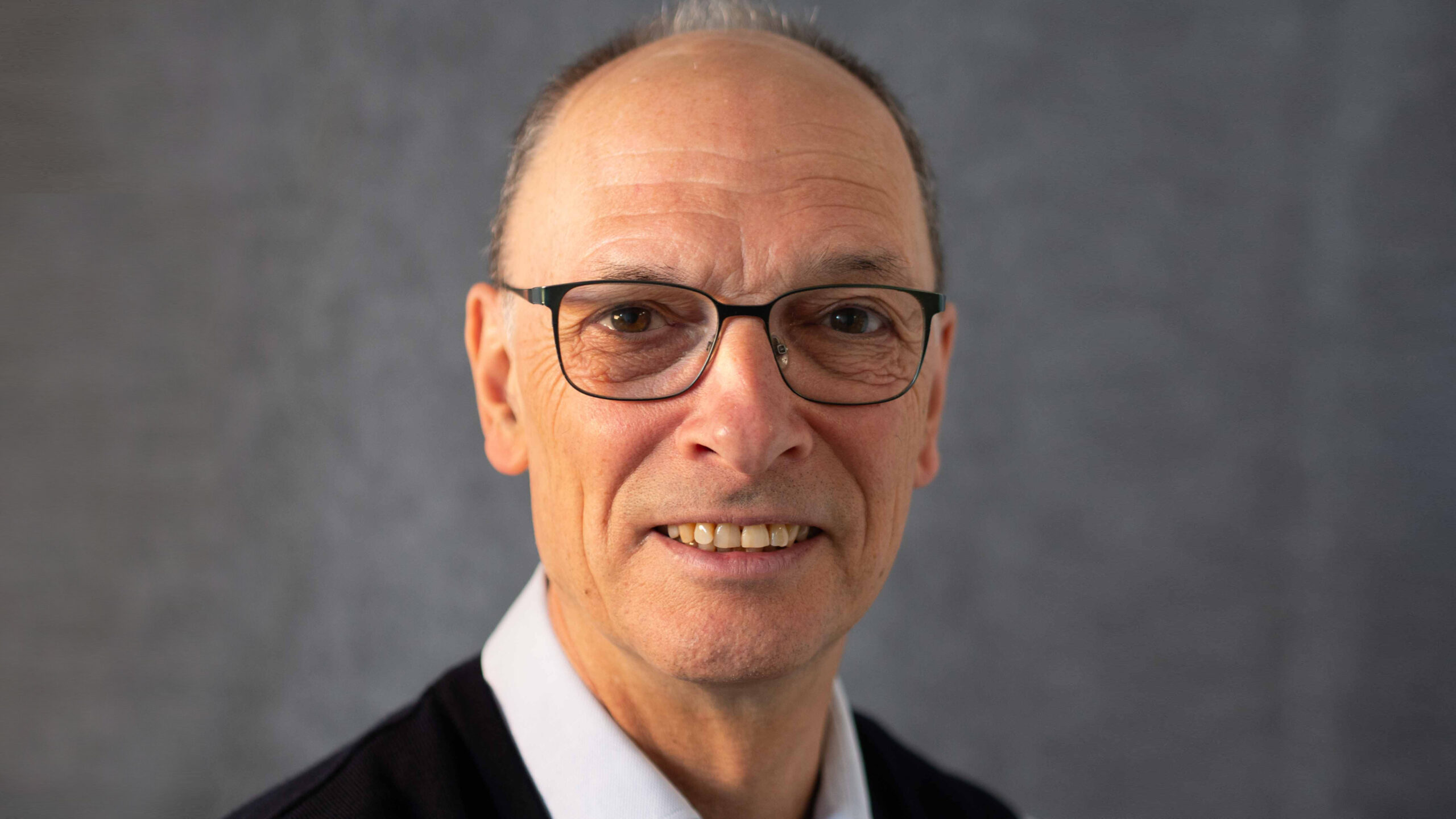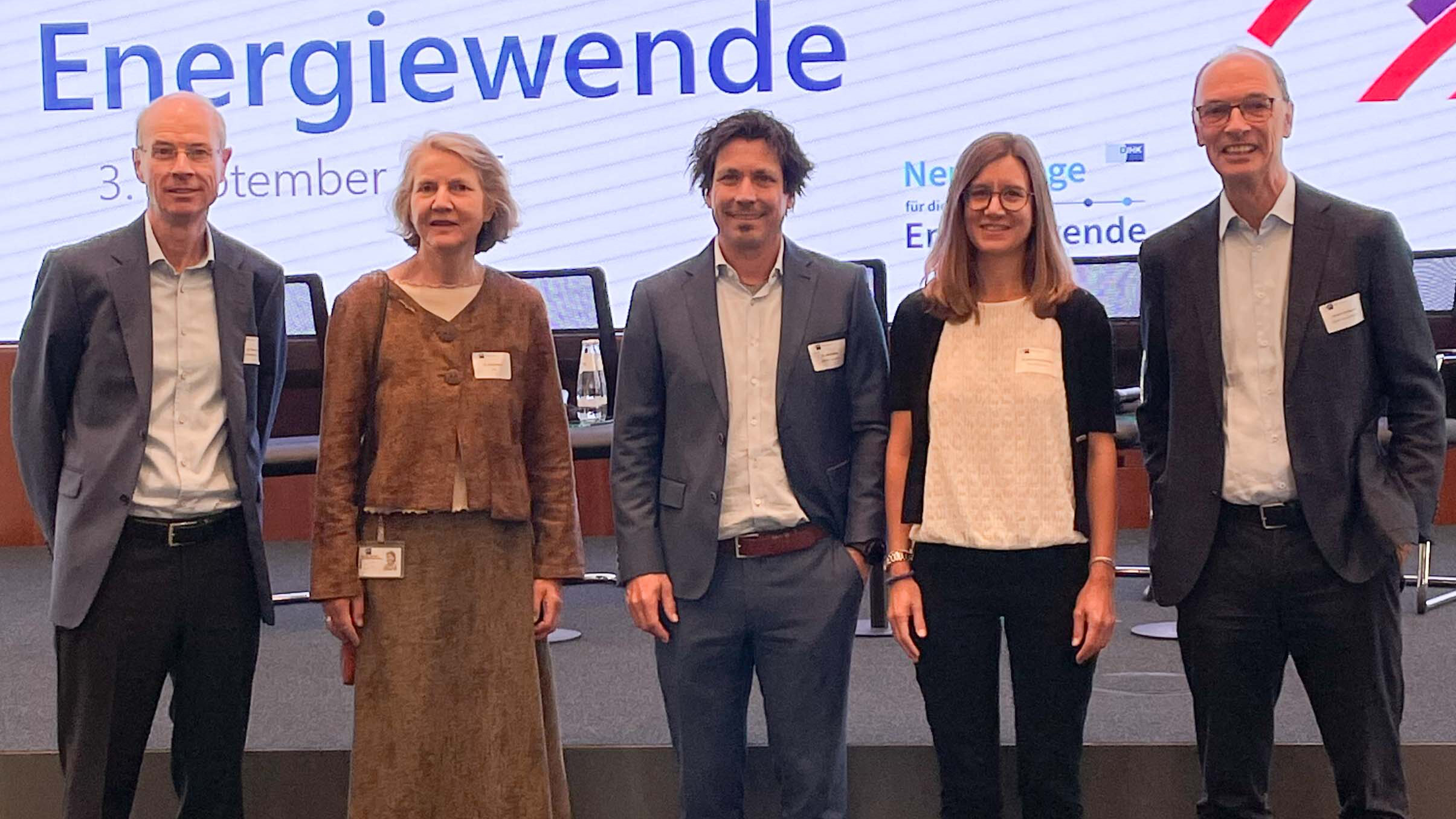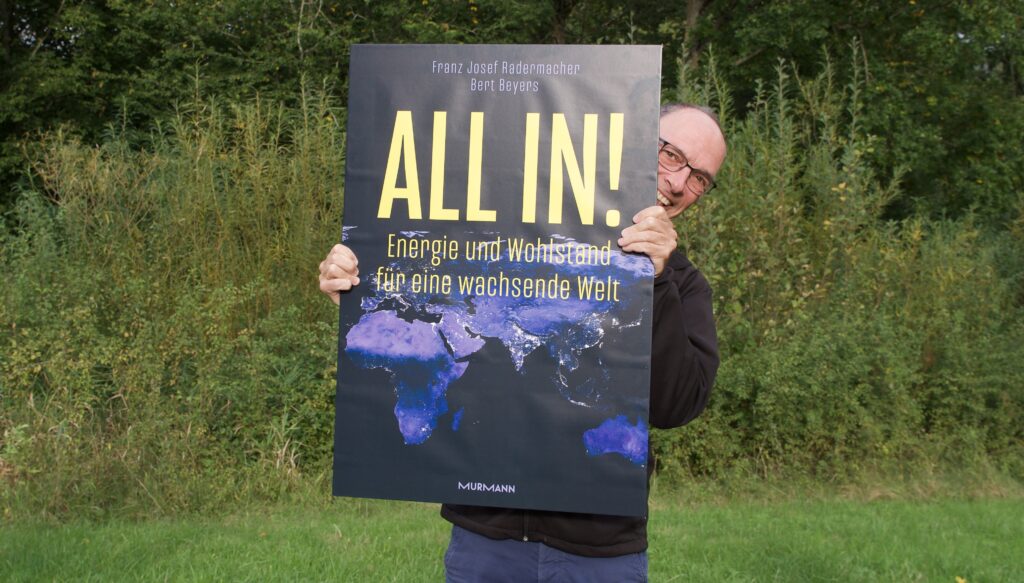At this point, news of the last few weeks are picked up which, from GES’ point of view, give hope because they contain building blocks of a possible global solution and / or help to develop a realistic view of the challenges ahead.
The company Tree Energy Solutions (TES) plans a circular CO2-economy between the Arabian Peninsula and Europe (Wilhelmshaven). Green hydrogen is produced by electrolysis in the sun deserts. Synthetic methane is produced by adding CO2 from Europe. This methane is transported by ship to Wilhelmshaven – and split up again. The hydrogen is used, and the captured CO2 is transported back to the Arabian Peninsula. A cycle entirely in the spirit of GES. In 2027, energy in the order of 25 terawatt hours is to be landed in Wilhelmshaven, and the tendency is rising: an investment of billions, which is to cover 10 per cent of Germany’s energy needs. [1]
While the topic of carbon capture and storage (CCU) is highly controversial politically in Germany, it is experiencing a boom worldwide: 40 plants are currently under construction, as the Tagesspiegel reports. It is also fitting that the Norwegian Prime Minister Jonas Gahr Støre recently promoted blue hydrogen and CO2 storage in his country during his visit in Berlin.
The Swiss Federal Institute of Technology Zurich (ETH) has presented a study on ways to achieve emission-free shipping emission-free-shipping. Ammonia, methanol, and hydrogen are currently considered to be the low- CO2 fuels of the future. Maersk, the world’s largest container shipping company, has now ordered five large freighters powered by methanol. And the engine manufacturer Rolls-Royce is also clearly backing methanol. The companywants to be climate-neutral by 2050.
The Suiso Frontier, the world’s first hydrogen tanker, has completed its first voyage from Australia to Japan. The ship has a capacity of 1250 cubic metres of hydrogen, which is cooled to -253 degrees Celsius. The transported hydrogen was extracted from coal in Australia. Perspectively, the country wants to become a major exporter of green hydrogen.
How should the grid expansion for the German energy transition be designed over the coming decades? And what will be the future relationship between electrons (green electricity) and molecules (hydrogen, gas)? Two recent studies deal with these questions simultaneously: one by Deutschen Energie-Agentur and the other by Übertragungsnetzbetreiber.




